Scientists from IBFC CAAS and HNU Discover a New Approach to Construct Bulk Transparent Supramolecular Glass
Recently, researchers from Institute of Bast Fiber Crops, Chinese Academy of Agricultural Sciences (IBFC, CAAS) and Hunan University (HNU) have constructed a supramolecular glass using host guest molecular recognition and studied its mechanism.
Supramolecular glass is a non-covalently cross-linked amorphous material that exhibits excellent optical properties and unique intrinsic structural features. Compared with artificial inorganic/organic glass, which has been extensively developed, supramolecular glass is still in the infancy stage, and itself is rarely recognized and studied thus far. Herein, we present the development of the host–guest molecular recognition motifs between methyl-β-cyclodextrin and para-hydroxybenzoic acid as the building blocks of supramolecular glass. Non-covalent polymerization resulting from the host–guest complexation and hydrogen bonding formation enables high transparency and bulk state to supramolecular glass. Various advantages, including recyclability, compatibility, and thermal processability, are associated with dynamic assembly pattern. Short-range order (host–guest complexation) and long-range disorder (three dimensional polymeric network) structures are identified simultaneously, thus demonstrating the typical structural characteristics of glass. This work provides a supramolecular strategy for constructing transparent materials from organic components.
The research was supported by the earmarked fund for the China Agriculture Research System and the Science and Technology Innovation Project, and so on.
The study entitled “Bulk Transparent Supramolecular Glass Enabled by Host–Guest Molecular Recognition” has been published online in Nature Communications and can be accessed through the following link: https://doi.org/10.1038/s41467-024-48089-4.
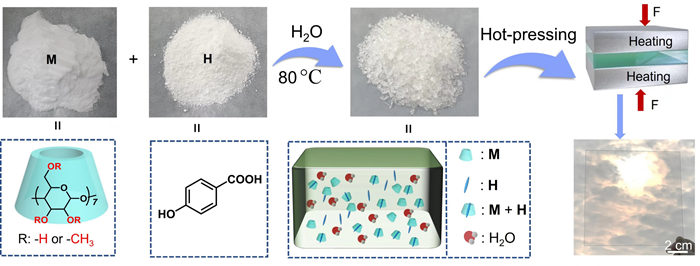
Fig.1. Preparation process and possible assembly motifs of supramolecular glass.
-
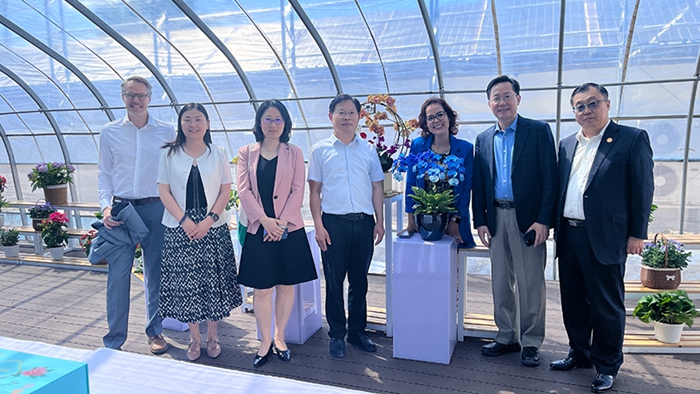 Jun 18, 2024Visit by CGIAR Executive Director Ismahane Elouafi to the Institute of Vegetables and Flowers,CAAS
Jun 18, 2024Visit by CGIAR Executive Director Ismahane Elouafi to the Institute of Vegetables and Flowers,CAAS -
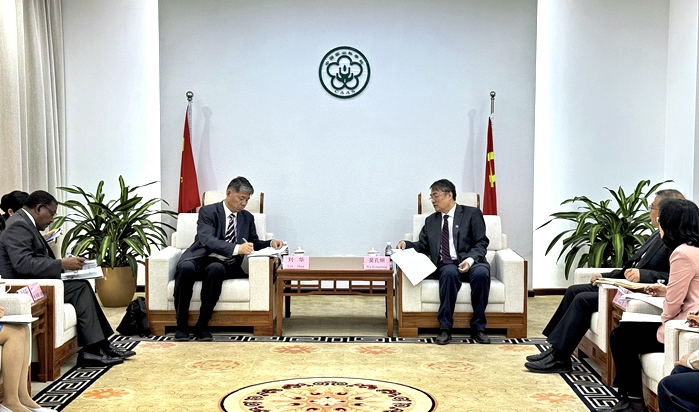 May 29, 2024CAAS President Meets Deputy Director General of IAEA
May 29, 2024CAAS President Meets Deputy Director General of IAEA -
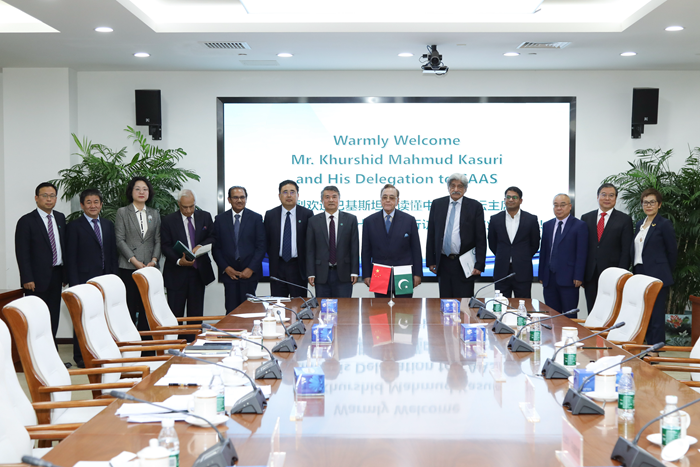 May 29, 2024CAAS President Meets Chairman of the Understanding China Forum
May 29, 2024CAAS President Meets Chairman of the Understanding China Forum -
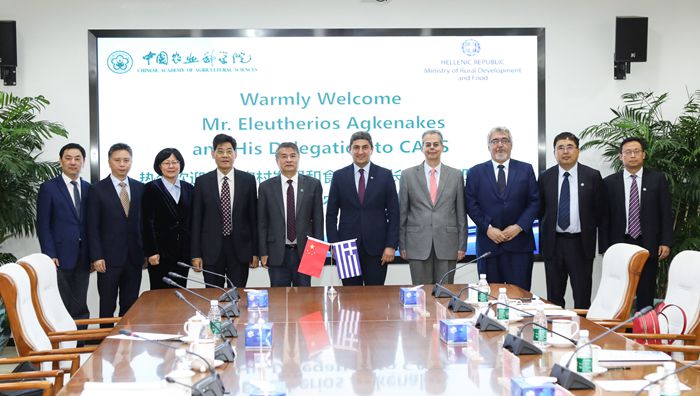 May 29, 2024CAAS President Meets Greek Minister
May 29, 2024CAAS President Meets Greek Minister -
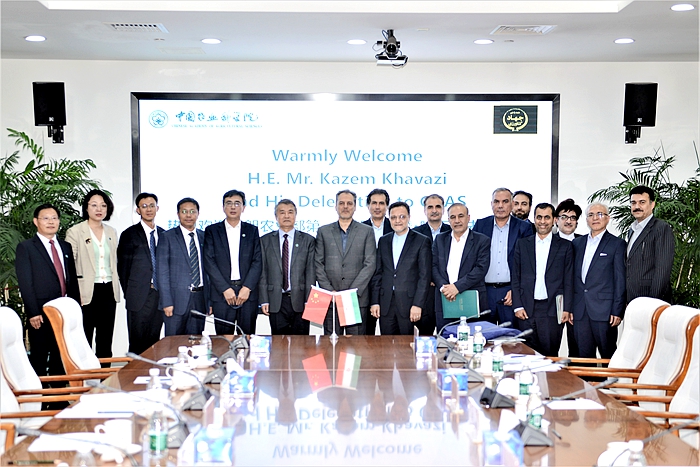 May 29, 2024CAAS President Meets Iranian First Deputy Minister of Agriculture
May 29, 2024CAAS President Meets Iranian First Deputy Minister of Agriculture
